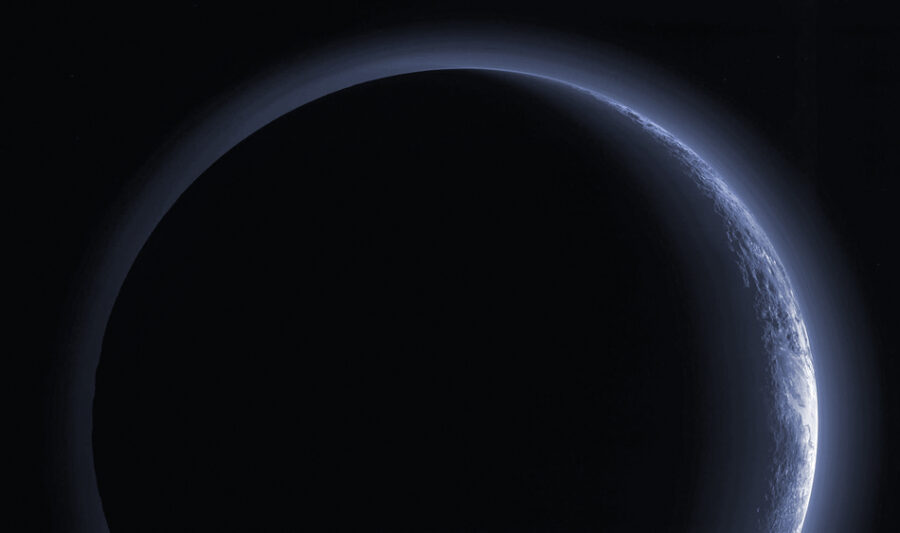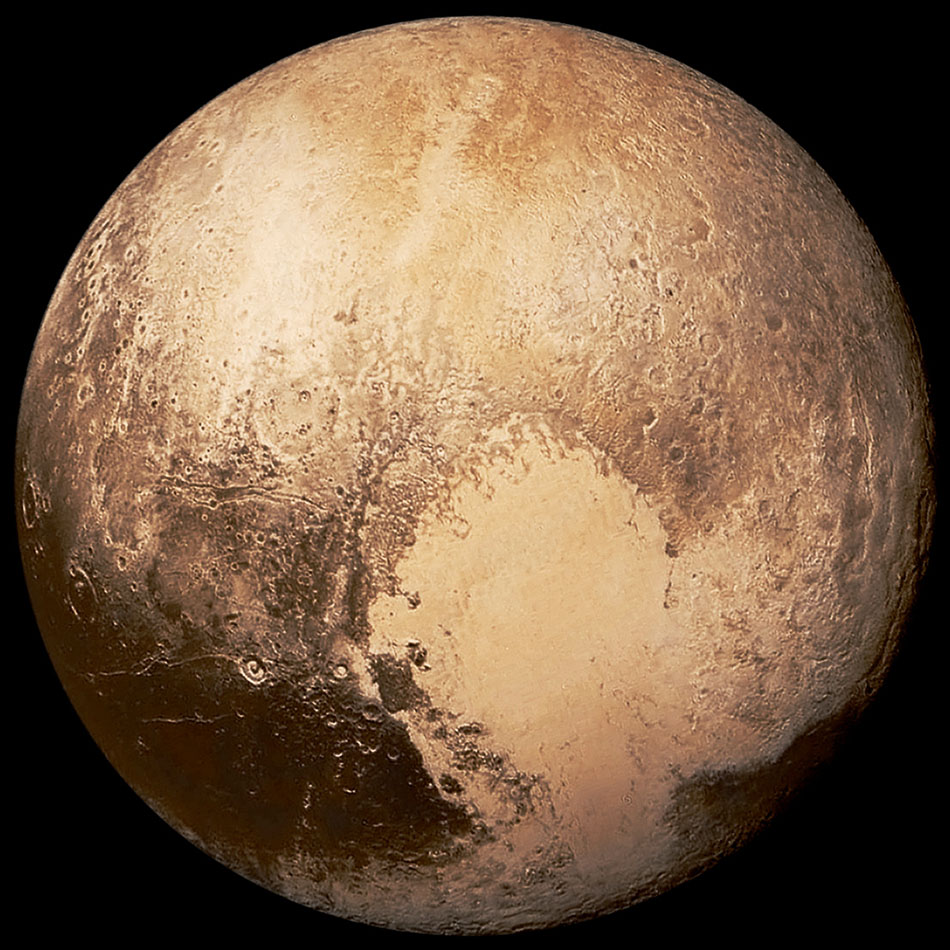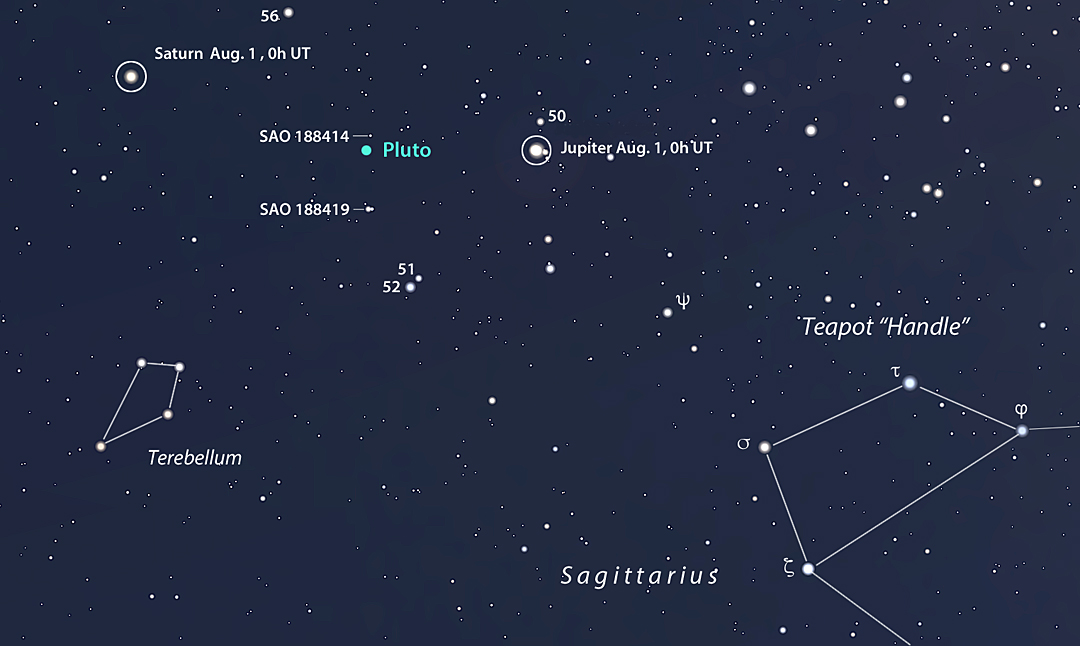Pluto used to be the coldest planet, but after it status was changed to dwarf planet in a vote cast at the 2006 General Assembly of the International Astronomical Union (IAU) it’s now just the coldest orb most of us will ever lay our eyes on. Located 5 billion kilometers from Earth, Pluto has a surface temperature around –240°C, or just 33 degrees above absolute zero.

NASA’s New Horizons spacecraft looked back at Pluto after its closest approach on July 14, 2015, and snapped this photo of the planet’s hazy, layered atmosphere. On the sunlit side (right), the smooth expanse of Sputnik Planum is flanked to the west (above, in this orientation) by rugged mountains up to 3,500 meters high.
NASA / JHUAPL /APL / SRI

NASA’s New Horizons spacecraft took this color global view of Pluto from 450,000 kilometers away. A large, bright feature nicknamed the “heart” dominates the scene (officially called Tombaugh Regio, in honor of the planet’s discoverer). The “left ventricle” is named Sputnik Planitia, an ice-covered basin excavated by an earlier impact.
NASA / J HUAPL / SwRI
Through a telescope this flyspeck world glimmers at magnitude 14.3, not exactly what you’d call a tempting target. To glimpse it you need a dark, moonless night and an 8-inch or larger instrument.

When you make your shot at Pluto this summer use this map to get oriented. Pluto is located in eastern Sagittarius almost midway between Jupiter and Saturn near the Terebellum asterism. A bright Moon will interfere this week, but a lengthy, dark-sky window opens from August 6–23. Planet positions are shown for 0h UT on August 1st, with stars plotted to magnitude 9.5.
Stellarium
Pluto is relatively easy to track down thanks to Jupiter and Saturn. It lodges almost midway between these two giants for the remainder of the summer. With the map as your guide, begin at Jupiter and star-hop to the dwarf planet at low magnification by making little patterns among the brighter stars along the way. I usually fashion quickie triangles, lines, and arrows as I go.
Once you’ve arrived, increase the magnification to 150× or more and relish the view. Feel the chill. Imagine crossing a crevasse in a nitrogen glacier. Look back toward the Sun — only 57 arcseconds across at Pluto’s distance — and see it as the star it is.
Thank You to Bob King in SKY AND TELESCOPE for the majority of content in this Post.
Please feel free to CONTACT US with any concerns, requests or questions.
“QUALITY SELLS ITSELF”
